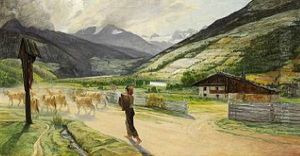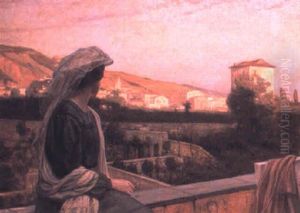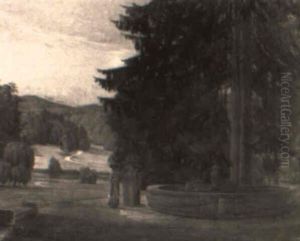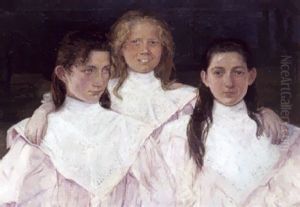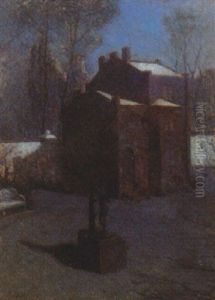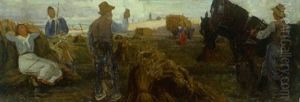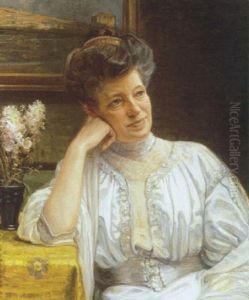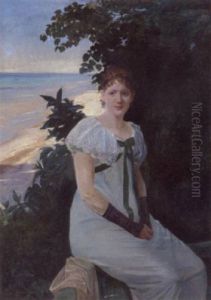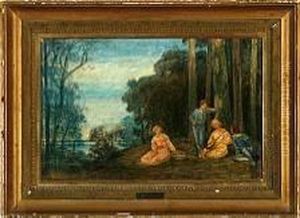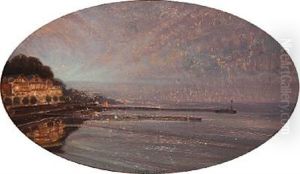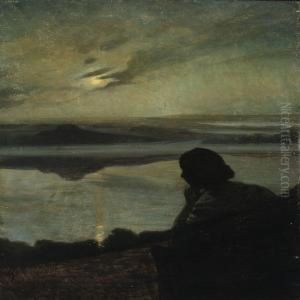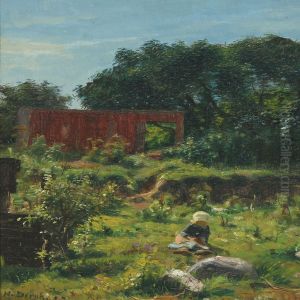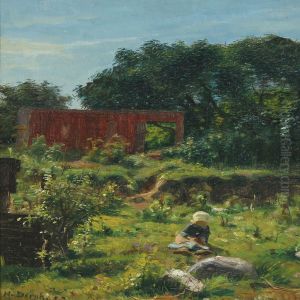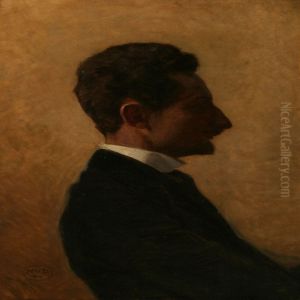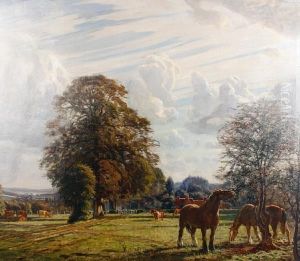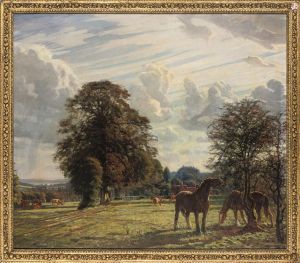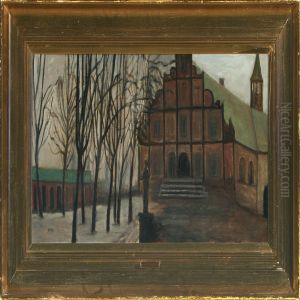Niels Vinding Dorph Paintings
Niels Vinding Dorph was a Danish painter born in 1872. He is perhaps lesser-known in the grand spectrum of art history, but his contributions to Danish art, especially in the late 19th and early 20th centuries, offer a fascinating glimpse into the era's stylistic transitions and cultural expressions. Dorph's work encapsulated a period of change, where traditional techniques began to blend with emerging modernist sensibilities, reflecting the broader shifts occurring within European art at the time.
Dorph's artistic journey commenced at the Royal Danish Academy of Fine Arts, where he studied under influential figures of the Danish art scene. This education provided him with a solid foundation in the classical techniques of painting, which is evident in his meticulous attention to detail and composition. However, as his style evolved, it became apparent that Dorph was not content with merely following the established norms. Instead, he began to experiment with light, color, and form in ways that hinted at the impending modernist revolution in art.
Throughout his career, Dorph exhibited a keen interest in landscapes and seascapes, often capturing the serene and tumultuous moods of nature with a remarkable sensitivity. His landscapes are noted for their ability to convey not just the visual beauty of the Danish countryside and coastlines but also the emotional and atmospheric qualities that define these spaces. These works, while rooted in realism, often carried a lyrical quality that suggested a deeper, almost mystical connection to the natural world.
In addition to his landscapes, Dorph also explored portraiture and genre scenes, showcasing the daily life and character of the Danish people. These works, characterized by their empathetic portrayal of subjects, helped to cement Dorph's reputation as an artist deeply connected to his homeland's cultural and social landscape.
Niels Vinding Dorph's contributions to Danish art were not limited to his paintings. He was also involved in various artistic communities and exhibitions, helping to foster a vibrant cultural environment in Denmark during a time of significant change. Despite his death in 1938, Dorph's legacy lives on through his art, which continues to be celebrated for its beauty, technical skill, and unique ability to capture the spirit of an era.
